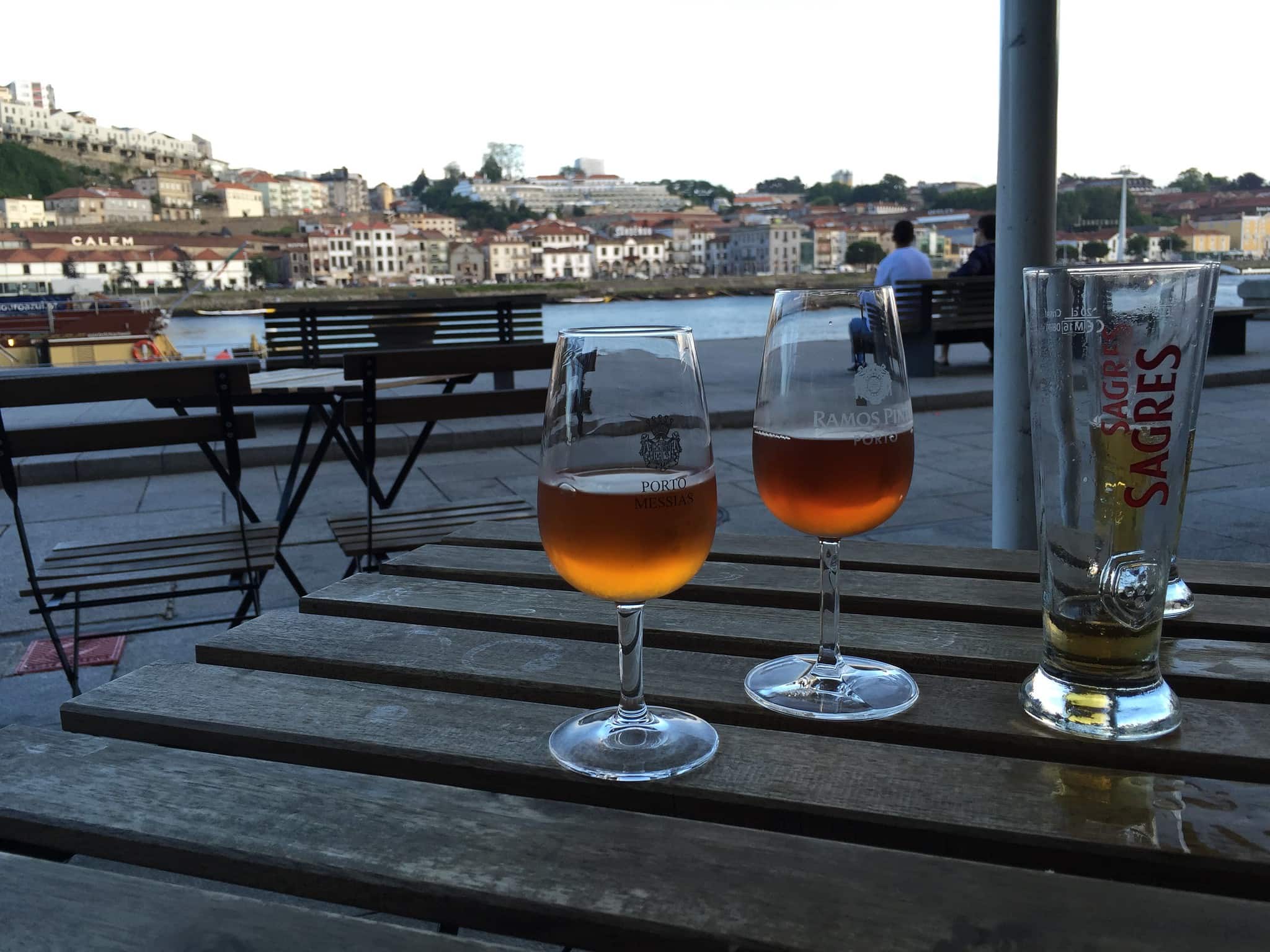
What to Drink & When?
You may have seen these words on drink menus and it just seems like fancy drink words for the sake of the menu. Actually, these are categories of drinks that help you decide which drinks to order during the course of your meal. Learn the differences between aperitif and digestif, when to order each, and even what you can order.
Aperitif versus Digestif
Aperitif
Aperitif comes from the Latin word “aperire” meaning “to open”. As in, to open and stimulate your appetite. These are drinks served before a meal, typically dinner, that prepares your stomach and taste buds for the meal ahead. It is usually consumed 30 to 60 minutes before dinner or with hors d’oeuvres and the amuse-bouche.
In general, aperitif drinks are light, dry (meaning, not sweet), not filling, and easy to drink. They contain less alcohol as higher alcohol content dulls the taste buds.
Aperitif was first found in written documents in the 5th century. Later in the 1800s, it became fashionable in Europe, particularly in Italy where vermouth was first invented in 1796 in Turin. Then in 1850, Dubbonet, the French aperitif made its debut. A few decades after that aperitif became known in the US, and in the 1970s happy hour became the American version of an aperitif before dinner.
Aside from vermouth and Dubbonet, drinks considered an aperitif include: Champagne, dry white wine, dry sherry, gin, Martini, Cinzano, Campari, Aperol, and Lillet.
Digestif
Digestif, as the word sounds, is related to digestion. These drinks are served after the meal as a way to digest and wind down for the night.
They are typically sweet, herbal, or bitter with more alcohol content. The drink is often served straight with no ice and at room temperature. Many multi-course restaurants offer a digestif after the dessert or cheese course.
In the 1700s, a digestif was considered a medicinal treatment for stomach pains. Soon after, it became the little sipping drink for after-dinner digestion.
Digestif drinks include brandy, cognac, fernet, grappa, fortified wines like sweet sherry, port, or Madeira, and liqueurs like Jagermeister, limoncello, Drambuie, amaretto, or Frangelico. There are also the liquor cocktails like a rusty nail or an old-fashioned.
Sign up for my newsletter on the sidebar for blog updates and my travel insider tips! And, check out my vlogs on YouTube!


